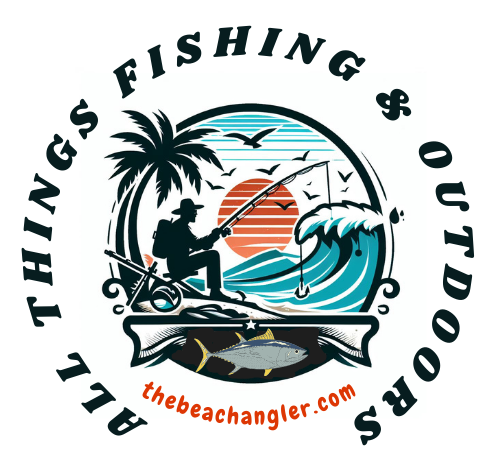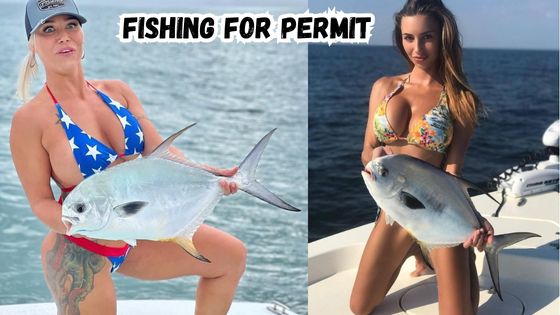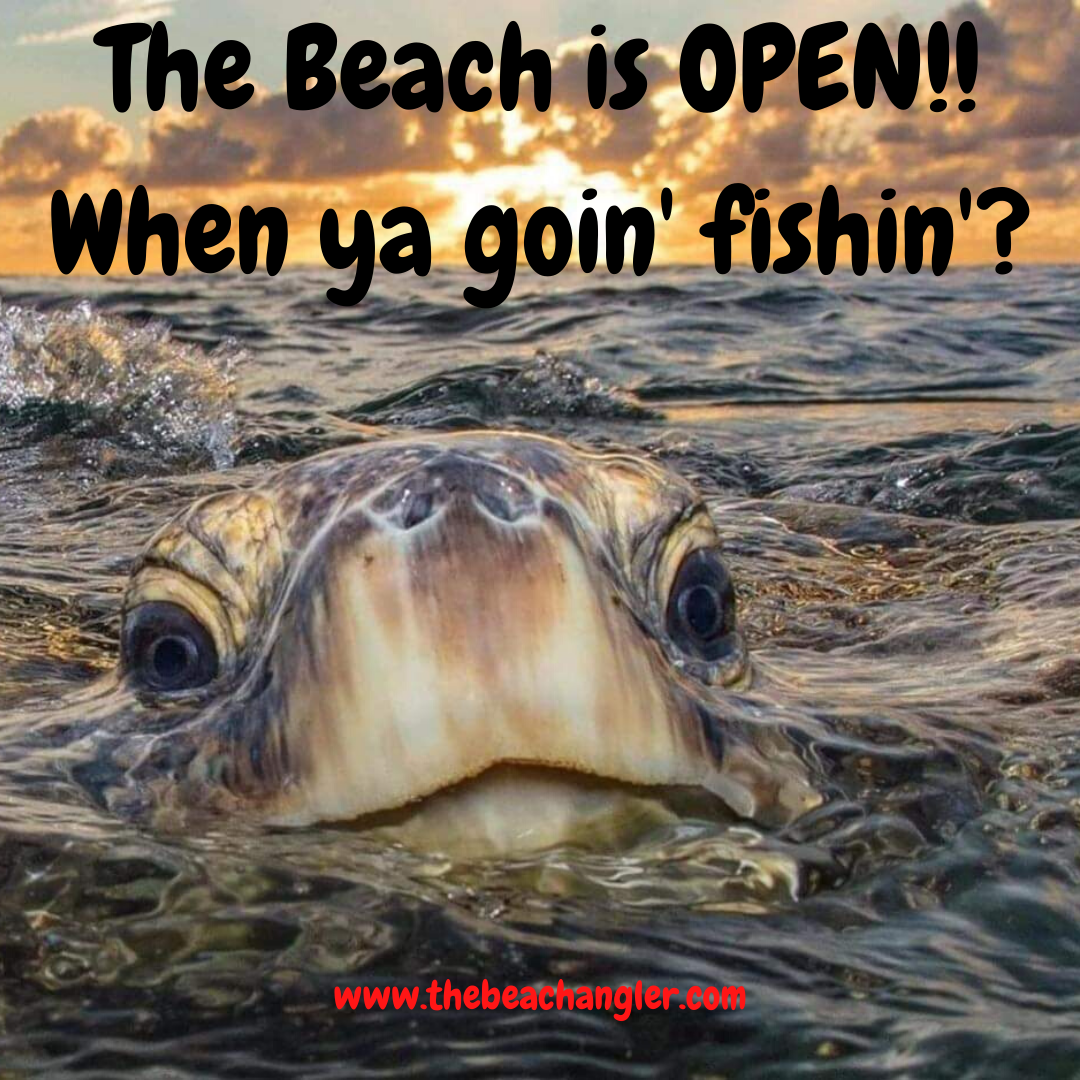I have spent many mornings on the water fishing for permit. These fish are both thrilling and demanding, offering a challenge that keeps me coming back. Permit fishing requires patience, skill, and an understanding of their behavior.
QUICK LOOK: Permit Fishing Tips
- Understand Permit Behavior: I have noticed that these fish are most commonly found in shallow flats, usually between two and five feet deep. They cruise along areas with sand, grass, or coral bottoms. This habitat offers the ideal setting for their favorite meals: crabs and shrimp. It is important to rig your fly or bait with patterns that mimic these prey species.
- Select the Appropriate Gear: Start with a rod and reel setup built for saltwater. For fly fishing, pick a rod capable of handling the needed weight and a reel designed for harsh conditions.
- Study the Tide and Weather: Permit have very specific feeding times. Understanding how tides, water clarity, and weather conditions affect their behavior will greatly improve your chances of locating them.
- Practice Your Cast: Permit fishing often requires casting ahead of the fish during brief windows of opportunity. Regular practice improves both accuracy and speed-qualities essential for imitating the natural movement of prey.
- Learn to Observe Behavior: Watch the water carefully. Permit are sensitive and subtle in their movements. Reading these cues is as important as having quality tackle.
- Be Patient: Permit fishing can involve long hours with little action. Persistence and calm eventually pay off when a well-timed strike occurs.
I have learned that tracking these fish is not merely a physical pursuit but one that involves knowing their habits, choosing the right gear, and constantly refining my techniques. This article shares a personal look into the world of permit fishing and provides practical tips and tactics that I have found really useful over the years.
Understanding Permit Behavior
Permit are a unique and challenging species. I have noticed that these fish are most commonly found in shallow flats, usually between two and five feet deep. They cruise along areas with sand, grass, or coral bottoms. This habitat offers the ideal setting for their favorite meals: crabs and shrimp.
From my experience, it is important to rig your fly or bait with patterns that mimic these prey species. Permit have a keen sense of movement, so accuracy and stealth are essential when casting. They quickly pick up on natural prey movements and respond to subtle changes in behavior.
Permit also show distinctive cruising behavior. They often move in deliberate, fast patterns across the flats. This requires you to be both accurate and stealthy when casting. Recognizing their feeding times in relation to the tide and light conditions has been a key element in my pursuit of these fish.
- Habitat: Shallow flats with sand, grass or coral bottoms.
- Feeding: They target crabs and shrimp, which influences how you choose your fly or bait.
- Movement: Permit cruise with deliberate, fast-paced motion. This means you need a calm, accurate presentation to entice them.
Gear and Techniques for Permit Fishing
Having the right gear makes a visible difference when fishing for permit. In my experience, I rely on both fly fishing and spinning methods; each approach has its own set of equipment that works best in different conditions.
Fly Fishing: I prefer a 9- or 10-weight rod that is stiff enough to deliver my crab and shrimp patterns even when it’s windy. A high-quality saltwater-rated reel with a smooth drag is essential. I use a tropical floating line that allows for quick and precise presentations.
My leaders are typically 10 feet long and rated at 16 pounds. I keep a collection of flies in tan, olive, and brown to imitate the prey that permit favor. When fly fishing for permit, I always focus on making accurate casts.
I try to cast as close to the fish as possible so they can decide clearly whether to strike the fly. I also aim for subtle movements; my actions remain calm and measured so as not to alert the fish. My fly presentations mimic the natural movement of crabs with a slow, measured strip. I rarely wait for a big, obvious strike. Instead, I gently set the hook at the first hint of a tip or slight acceleration from the fish.
Spinning Tackle: When I switch to spinning, I use baits such as live or dead crabs, shrimp, or soft plastic imitations. Casting with spinning involves a broad, low, and hard throw directly into the target area. Maintaining steady tension on the line throughout the fight and retrieving at a constant pace often makes the difference between a successful catch and a missed opportunity.
Guide to Getting Started With Permit Fishing
Getting started in permit fishing requires both the right skills and a thoughtful approach. I begin by spending time watching the water and learning how these fish behave in different conditions. For newcomers, choosing appropriate gear and understanding the basics of presentation is very helpful.
Based on my experience, here are a few steps for beginners:
- Select the Appropriate Gear: Start with a rod and reel setup built for saltwater. For fly fishing, pick a rod capable of handling the needed weight and a reel designed for harsh conditions.
- Study the Tide and Weather: Permit have very specific feeding times. Understanding how tides, water clarity, and weather conditions affect their behavior will greatly improve your chances of locating them.
- Practice Your Cast: Permit fishing often requires casting ahead of the fish during brief windows of opportunity. Regular practice improves both accuracy and speed-qualities essential for imitating the natural movement of prey.
- Learn to Observe Behavior: Watch the water carefully. Permit are sensitive and subtle in their movements. Reading these cues is as important as having quality tackle.
- Be Patient: Permit fishing can involve long hours with little action. Persistence and calm eventually pay off when a well-timed strike occurs.
These guidelines have helped me progress from a beginner to someone who appreciates the finer details of permit fishing. Consistent practice combined with deliberate observation is at the heart of developing your skills.
Common Challenges and Considerations
Permit fishing comes with its fair share of challenges. I have faced many obstacles along the way, so it is very important to prepare rather than be caught off guard.
- Tide and Weather Knowledge: Different tides offer different opportunities. I always check tide schedules and weather reports before heading out to ensure conditions are favorable for permit fishing.
- Water Clarity: Permit are more active in clear water where they can easily see their prey. On murky days, you might need to adjust your bait presentation, making it important to keep an eye out for changes in water quality.
- Stealth in Casting: Permit are very reactive to sudden movements. I have refined my casting technique to make sure my presence never spooks the fish. Slow, deliberate movements and minimal noise are pivotal to achieving success.
It is also essential to be ready for unexpected environmental changes. Unpredictable weather or sudden shifts in water clarity can otherwise lead to frustration. Each fishing trip tends to introduce new challenges, and staying adaptable has made me a more capable angler.
Tide and Weather Impact
Permit feeding habits are deeply influenced by tides and weather conditions. I pay close attention to tidal flows because these shifts affect where the fish gather. Dry, sunny days often result in clearer water, while overcast conditions can alter feeding behavior. Recognizing these variables helps me select the best times and spots for fishing.
Cast Accuracy and Stealth
Perfecting my cast is one of the most important lessons I have learned in permit fishing. I have adjusted my movements to reduce splashing and noise. By carefully watching the fish and setting the hook at the slightest hint of a behavioral change, I have honed a technique that works well over time.
Advanced Tips and Tricks for Permit Fishing
Once I became comfortable with the basics, I started exploring advanced tactics that further improved my catch rate. These tips have helped me fine-tune my approach and take permit fishing to a next-level cool standard.
Read the Water Carefully: I pay close attention to every detail of the environment. Look for signs of feeding activity or changes in water color; lighter or deeper patches might signal hiding prey. Understanding these subtle cues can be the edge you need to score a bite.
Refine Your Presentation: Whether using fly fishing or spinning methods, I continuously adjust how I present my lure. This might mean varying the speed or movement to imitate natural prey behavior. I have seen that even a slight alteration in the strip or retrieval can prompt a successful strike.
Maintain a Low Profile: Permit are alert to disruptions. I make sure to keep my presence as inconspicuous as possible by minimizing noise, using long casts, and selecting positions where I blend into the surroundings.
Make the Most of Technology: In recent years, I started using advanced fish finders and tide tracking apps. These tools provide data in real time, making it easier to plan my fishing trips. When combined with traditional techniques, technology can be a valuable asset on unpredictable days.
Seasoned anglers are always learning. I continuously incorporate new ideas and adjust my gear setup to react to different conditions and locations.
Permit Fishing Gear Essentials
Investing in a good gear setup is a very important part of a successful permit fishing trip. Over time, I have experimented with various tools and found that certain items are indispensable. Your equipment choices should always balance durability with performance.
For fly fishing, I rely on a robust rod for quick, precise casts paired with a saltwater-rated reel. I favor tropical floating lines that help deliver my fly accurately in fast conditions. The combination of leaders and flies that replicate local prey forms the backbone of my setup. When switching to spinning tackle, I use strong rods and reels that can handle long casts and withstand the hard fight that comes with permit fishing.
In addition, I have discovered that extra accessories boost efficiency during long trips. Spare lines, additional flies, and backup baits are regular parts of my kit. It is very important to keep all equipment in top shape, from ensuring a smooth drag on the reel to preserving the sensitivity of the rod tip.
- Fly Fishing Gear: Rods (9-10 weight), quality saltwater reels, tropical floating lines, extended leaders, and a selection of crab and shrimp imitation flies in tones like tan, olive, and brown.
- Spinning Tackle: Sturdy rods and reels along with baits such as live or dead crabs, shrimp, and soft plastic imitations.
- Accessories: Extra lines, backup bait selections, and basic maintenance tools to keep your gear performing at its best.
Frequently Asked Questions

I often get questions from other anglers eager to jump into permit fishing. Here are some common questions and my answers based on personal experience:
What is the best habitat to target permit?
Permit are typically found in shallow flats, usually two to five feet deep. Focus on areas with sand, grass, or coral bottoms because these are natural homes for the crabs and shrimp they feed on.
Which fishing method works best for permit?
Both fly fishing and spinning have their merits. I have seen great success with a precise fly cast using crab and shrimp imitation flies, whereas spinning with live or soft plastic baits can be highly effective in varying conditions.
How important are tides and weather for permit fishing?
They are very important. Tides determine where the fish hang out, and weather affects water clarity and behavior. I always review tide charts and weather forecasts before heading out.
How can I improve my casting technique?
Practice is key. I spend time refining my casting skills and adjusting my fly or bait presentation to better mimic natural prey movements.
Final Thoughts on Fishing for Permit
Permit fishing offers a blend of technique, careful observation, and persistence. Every fishing trip brings its own set of challenges as well as rewards. I have found that success comes from truly understanding the fish’s behavior, selecting the right gear, and constantly fine-tuning your techniques based on the conditions.
The more time you spend on the water, the more you appreciate not only the catch but also the adventure that each outing brings. Invest time in learning the environment and be prepared to adapt to changing conditions. Permit fishing is as much about the ride as it is about landing a fish.
I encourage you to approach each trip with patience and a willingness to learn. Over time, you may find that these tactics not only give a boost to your skills but also create more enjoyable and rewarding fishing experiences.
Check Out Our Most Recent Articles:
- The Foreverlast Tackle Harness
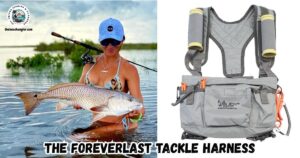
- Tips For Fishing In Different Weather Conditions
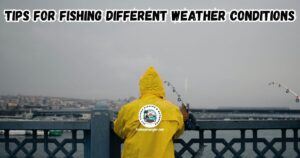
- 5 Revolutionary Features of the Minn Kota Riptide Instinct Quest Series Trolling Motor
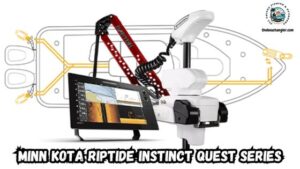
- 5 Features The Z-Man HerculeZ Swimbait
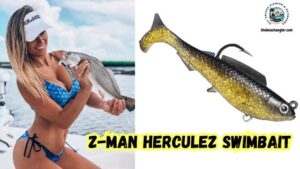
- 7 Tips for Fishing Gulf Of Mexico Nearshore Rigs In Texas

- 6 Top Features of Okuma Hakai Baitcast Reels
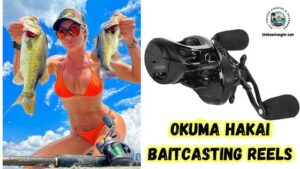
As always, stay safe, enjoy the journey, and please try to leave it cleaner than you found it. If you have any comments, questions, ideas, or suggestions, please leave them in the comment section below, and I’ll get back to you ASAP. You can follow us on Facebook: Rex The Beach Angler, Instagram: thebeachangler7, Twitter: @AnglerBeach, and YouTube: Man Art Creations.
P.S. – Thanks so much for checking out our blog, we really appreciate it. Just so you know, we may receive a commission if you click on some of the links that appear on our site. This helps us keep our content free and up-to-date for everyone. We appreciate your support!
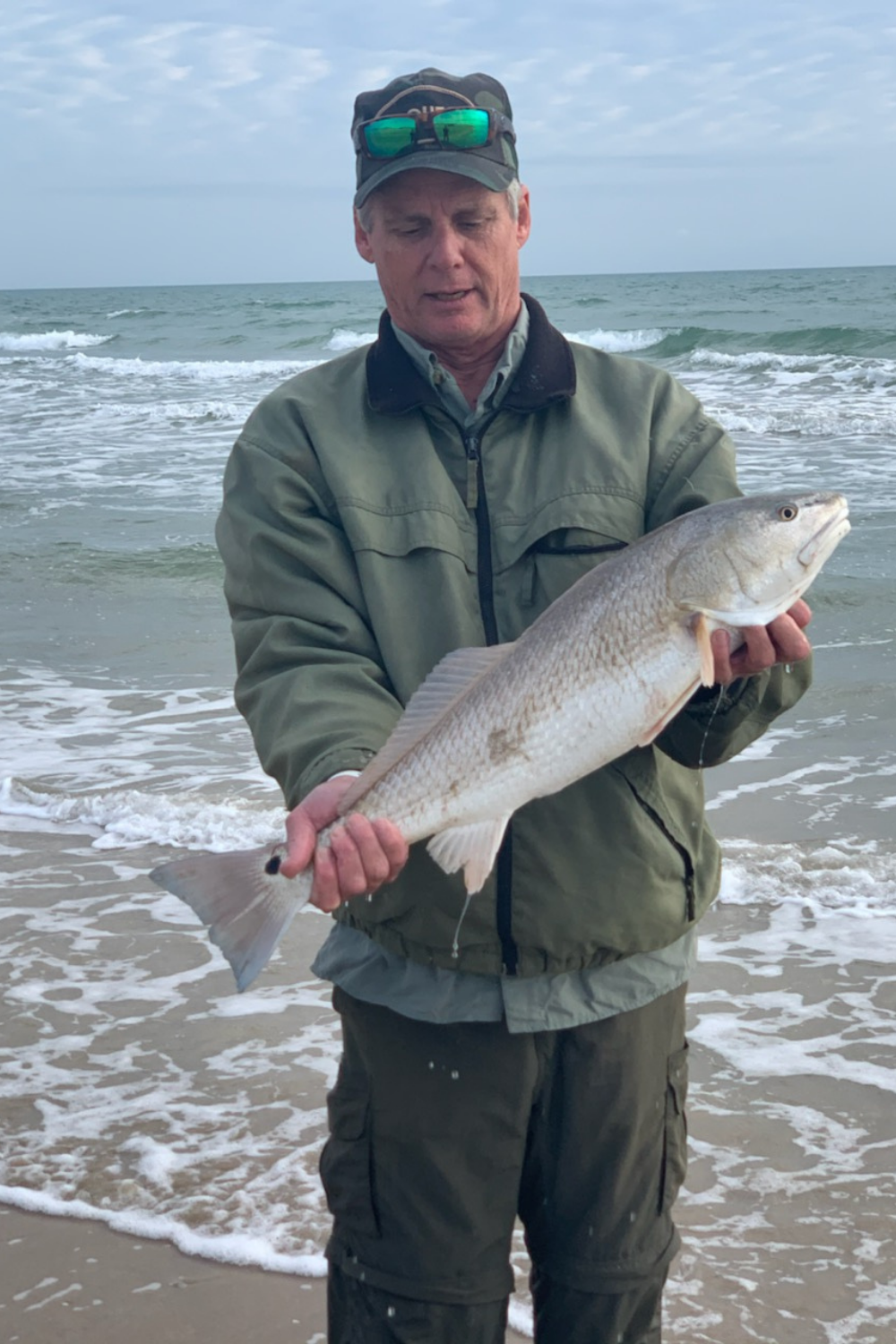
A life long surf fisherman with 50+ years of experience, I am also an avid hunter and outdoorsman. I will be sharing my passion for the outdoors with you so be prepared for hunting, fishing, camping, hiking and more. Along with gear reviews and the latest trends and innovations in the outdoor industry.
